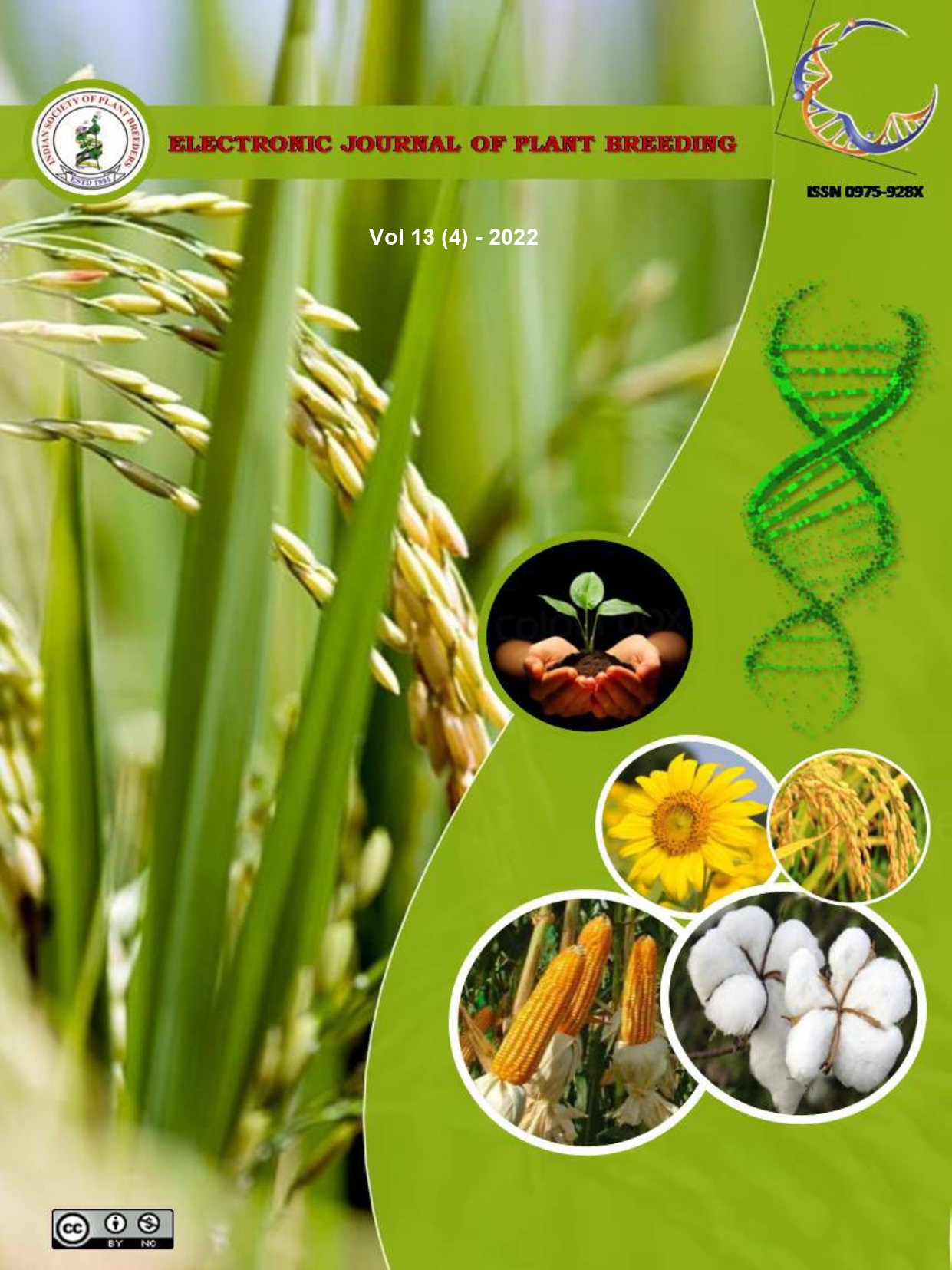Evaluation of advanced sugarcane clones for cane yield and quality traits in plant and ratoon crops
Abstract
Sugarcane clones were assessed for cane yield and quality traits in Advanced Varietal Trials in I plant, II plant and ratoon crops during 2019-21. Fifteen genotypes along with three standards were evaluated using Randomized Block design with three replications at K. J. Somaiya Institute of Applied Agricultural Research (KIAAR), Sameerwadi, Karnataka.Data were collected on eleven important yield contributing and quality traits. Individual and pooled analysis of variance in two plants and a ratoon crop indicated highly significant differences among the treatments for most of the traits under study. Genotype Co 14016 recorded significantly higher cane yield and numerically higher commercial cane sugar (CCS) yield in AVT II Plant, AVT Ratoon and pooled analysis. Co 14002 variety recorded significantly higher cane and CCS yield over all three standards, (Co 86032, CoC 671 and Co 05103) in II plants. Two varieties, CoN 14002 and CoVC 14062 recorded significantly higher cane and CCS yield over all three standards, (Co 86032, CoC 671 and Co 05103) in only ratoon crop indicating the good ratoonability of these varieties. Character association studies of cane yield with its contributing traits indicated positive significant correlations of the number of shoots (0.346), millable canes (0.591) and CCS yield (0.883) with cane yield. Among the yield parameters, a positive significant association of cane height with the number of tillers, the number of shoots, Brix0 and Pol% has been observed, indicating the contribution of cane height to yield and quality. The present study demonstrated the superiority of three genotypes viz., Co 14016, Co 14002 and CoVC 14062 for cane yield and quality and scope for indirect selection based on the number of shoots, millable canes and CCS yield in sugarcane breeding.

